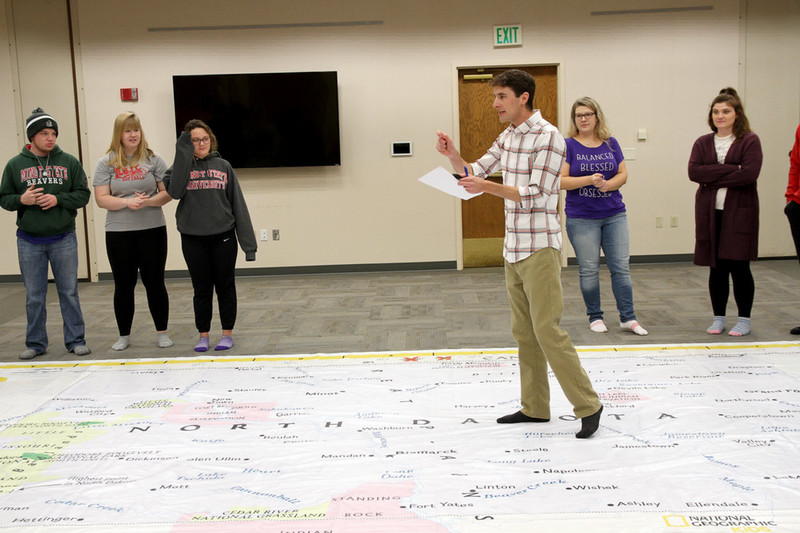
Program Coordinator, Associate Professor
Office: Old Main 202F
Email: zebulon.wallace@minotstateu.edu
Phone Number: 701-858-3249
Ph.D. in Earth Sciences – University of Memphis
M.S. in Geospatial Science – University of North Alabama
B.S. in Professional Geography – University of North Alabama
Dr. Wallace began teaching at Minot State in 2017. He has always had a deep fascination with how people and places are interconnected but did not realize he was a geographer until his second year of college. By chance, he enrolled in a World Regional Geography course that year and fell in love with geography. Dr. Wallace has a passion for helping students identify unique spatial patterns around our world and to recognize just how interconnected we all are.
Dr. Wallace’s research focuses on how people react and respond to environmental hazards. His research looks at risk perception and communication within rural communities, and how these elements vary from one place to the next. Additionally, he is interested in how indirect experience with a hazard can be used as a substitute for direct experience to help communities better prepare and respond to hazards. Dr. Wallace’s research incorporates a variety of methods, both quantitative and qualitative, including surveys, interviews, statistical analysis, and spatial analysis using GIS software.
In his free time, Dr. Wallace enjoys spending time with his dog, Tucker, being involved in community theater, and spending time outdoors hiking and exploring new landscapes.

Publications:
Wallace, Z.C. 2024. Forecasters, Emergency Managers, and Residents: Building Better Risk Communication. Journal of Emergency Management. 22(3), 235-248.
Wallace, Z. C., and A.A. Hill. 2017. Forecaster and Emergency Manager Perspectives on Coordination and Communication with the Weather Warned Public. Papers in Applied Geography, 3(2), 157-170.
Wallace, Z. C., L. D. Keys-Mathews, and A.A. Hill. 2015. The Role of Experience in Defining Tornado Risk Perceptions: A Case from the 27 April 2011 Outbreak in Rural Alabama. Southeastern Geographer, 55(4), 400-416.



